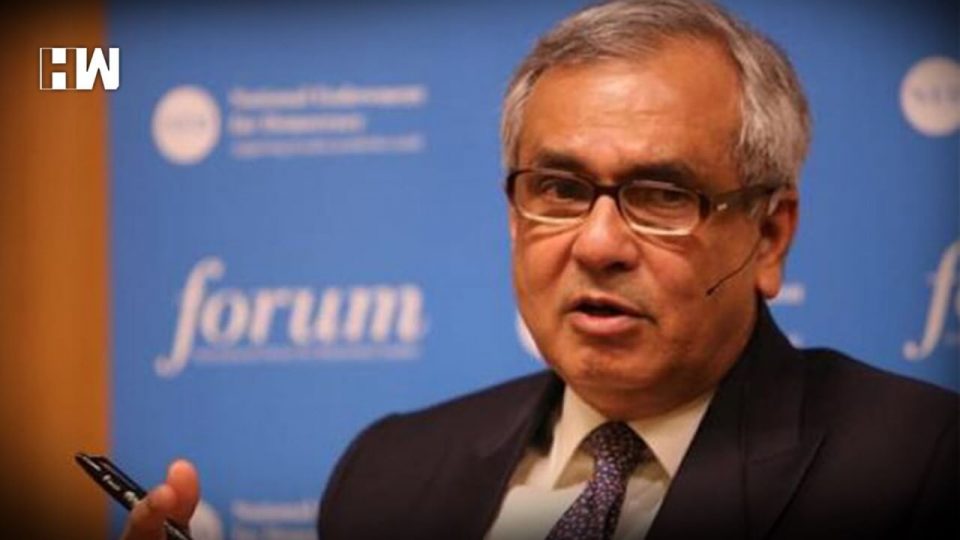Rajiv Kumar, the Vice Chairman of NITI Aayog, the policy think-tank set up by the NDA government on 1st January 2015 to replace the now-defunct Planning Commission of India, stirred up a storm yesterday, when in an interview to news agency ANI, he blamed the former RBI governor, Raghuram Rajan for the economic slowdown which had affected the GDP in the immediate few quarters after demonetisation. He was quoted saying “The declining trend for the last six quarters starting 2015-’16, when the growth rate was as high as 9.2%, was not a result of demonetisation”
With general elections looming around the corner early next year, it comes as no surprise that top-ranking government officials from both sides will look to heap praise on their respective parties for policies implemented by them, while at the same time look to deflect blame for their failed endeavours. One such instance seemed to play out yesterday, when the NITI Aayog Vice Chairman said that the fall in GDP growth rate over the last few quarters leading up to an impressive growth of 8.2% in the current quarter, was not due to NDA sponsored demonetisation, but was because of the revised scheme for identifying non-performing assets (NPA’s) in banks that was initiated by former RBI governor, Raghuram Rajan. He further went on to accuse former Prime Minister Manmohan Singh and senior Congress leader P. Chidambaram for creating a false narrative, that demonetisation led to an economic slowdown.
There has been much debate about demonetisation since it was implemented in late 2016, about whether it fulfilled its objective of weeding out black money from the system and curtailing cash transactions in general. In a jolt to the Narendra Modi-led government, the RBI in its annual report stated that 99.3% of demonetised currency came back to the banking system. This implies that it was an exercise in futility, with some even going as far as to say, that it was a scam of epic proportion. However, the opposition party, UPA, seemed to latch on the point that it was because of demonetisation that the GDP growth rate of the country had taken a massive hit and was on the decline for many consecutive quarters.
It was against this backdrop that Rajiv Kumar came out in defense of his party and said that demonetisation had nothing to do with the decline in GDP growth, but it was the excessive NPA’s accumulated in the banking system, which had been inherited from the UPA regime and the revised method of recognition of such NPA’s which crippled the economy in the past few quarters. He claimed that when the Modi government came to power, the NPA figure stood at Rs 4 lakh crores, which swelled to Rs 10.5 lakh crores by mid-2017 as RBI instituted a new mechanism to identify stressed NPA’s. In his opinion, it was because of this rise in stressed assets that the banking sector stopped disbursing loans to industry. He claimed that MSME sector (micro, small and medium enterprises) bore the worst brunt of this action as credit growth actually shrank. Lack of credit was the reason that business suffered, the effects of which were reflected in the GDP growth.
The renowned economist from Oxford University lauded the Modi government, saying that a decline in credit disbursements was met with increased public capital expenditure while maintaining fiscal prudence. Praising demonetisation, Kumar said it had intensified the crackdown on black money and benami transactions, checked corruption and led to an increase in filing income tax returns.
Rajiv Kumar’s comments did not go unnoticed, with Congress leaders P. Chidambaram, MP Rajeev Gowda and spokesperson Randeep Singh Surjewala hitting back, questioning the logic of Kumar’s statements and saying the remarks were “obnoxious and laughable”.
As an independent media platform, we do not take advertisements from governments and corporate houses. It is you, our readers, who have supported us on our journey to do honest and unbiased journalism. Please contribute, so that we can continue to do the same in future.

